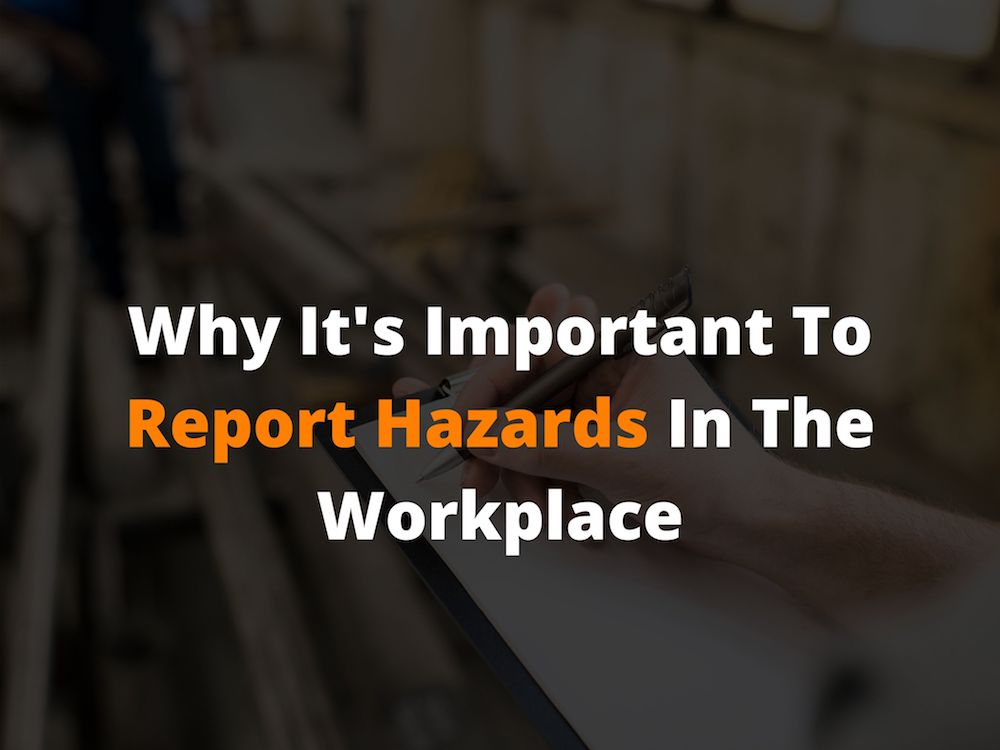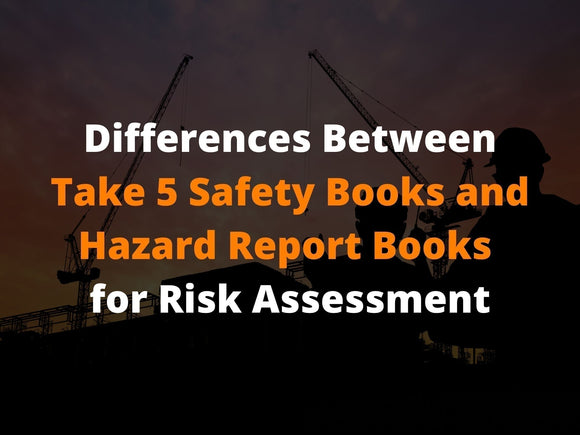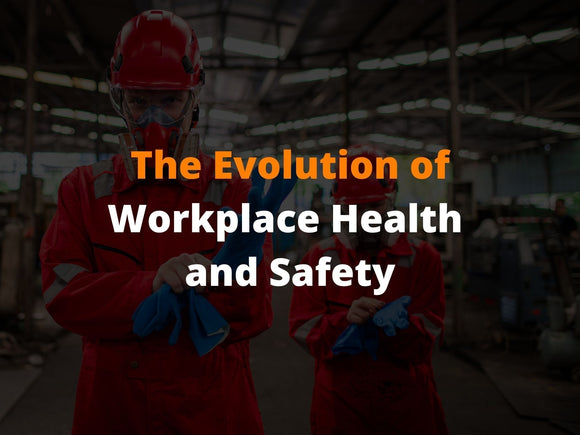
Why It’s Important to Report Hazards in the Workplace
Hazard Reporting is used for businesses to identify and reduce risk in the workplace. Accidents in the workplace can cause serious harm (or even death) to employees or visitors. This may result in the business being subject to a fine, poor reputation or imprisonment. Whilst the topic is big with serious repercussions, there are a range of safety book solutions that can actually make hazard reporting effective and efficient.
In this article we cover:
- Why Is Hazard Reporting Important?
- Encouraging Hazard Reporting
- What Are The Types Of Hazards In The Workplace
- What Should I Do If I Notice A Hazard?
- How To Report Hazards In The Workplace
- Hazard Report Example
- How To Implement Hazard Reporting In Your Workplace
Why Is Hazard Reporting Important?

Reporting incidents and hazards in the workplace is about creating a safe working environment. It’s not about calling out (or blaming) certain people or environments. It’s about adopting a culture in the workplace where people can feel safe; and where employees and supervisors are both part of the solution when it comes to mitigating risk.
It’s important to report even minor hazards. This ensures that the likelihood of that hazard occurring again is minimised or (preferably) eliminated. Most importantly, it ensures that the hazard does not grow into a more serious risk.
The reporting of hazards also allows quality data to be collected. This helps to gain a greater understanding of where risks are occurring and how they can be better managed in the future.
Encouraging Hazard Reporting
It’s important to encourage workers to speak up when it comes to reporting identified hazards. This all comes down to having a responsive reporting system that employees feel comfortable adopting.
There are a few deterrents that can discourage employees reporting hazards in the workplace:
- The maturity of the employee, or their discipline to act.
- Pressure to get the job done in a short amount of time.
- Ridicule from peers, supervisors or management.
- Lack of feedback from reported incidents.
- The employee feels that the hazard does not directly affect them, that it's not their responsibility.

So it’s important to adopt that culture of support amongst employees, provide timely feedback and solutions, and supply the training needed for employee safety awareness.
What Are The Types Of Hazards In The Workplace
There are 6 main types of hazards that could exist in the workplace, including:
- Chemical: any hazardous substance that can cause harm or illness.
- Biological: including exposure to viruses, bacteria, mould, sewerage, dust etc.
- Ergonomic: any physical factors that can cause posture issue or musculoskeletal damage.
- Physical: can include environment factors such as height, noise, radiation etc.
- Safety Conditions: any hazards that can cause unsafe working conditions, such as tripping, electrocution etc.
- Physiological: any form of physical or emotional harassment that can impact mental well being.
Note: If your workplace or sites have specific hazards that are unique to your environment - we can customise our safety safety book range with inserts or messages or diagrams that relate to you and your business.
What Should I Do If I Notice A Hazard?
No matter how big or small, if you notice a hazard in your place of work, you must report this immediately. Depending on the business protocols, this can either be to your supervisor, management, or directly to the safety department. Every business must have workplace hazard reporting procedures that should be followed.

How To Report Hazards In The Workplace
Fortunately, Take 5 Safety Books are a simple and effective way to report identified hazards in the workplace. This booklet guides workers through the key steps of risk management in the workplace:
- Think about the work being done
- Identify the hazards that can cause harm
- Assess the Level of Risk Involved
- Control the Hazard
- Proceed safely
For more information refer to our 5 Steps To Risk Assessment.
Hazard Report Example
A Hazard Report is designed to help employees draw attention to current and potential hazards in the workplace.
Depending on the nature of the business, and the role of the employee, there is a vast range of use cases where hazard reports can be used.
Essentially, a hazard report must be documented and provided to a supervisor (or safety department) when any situation or environment is found to potentially cause harm or death to people.
This includes:
- The condition and functionality of work equipment, tools and machinery.
- Any substance issues or environmental impacts.
- Mental and physical well being of employees.
Employees should never feel discouraged to report identified hazards, and safety teams must set examples and guidelines for doing this.
How To Implement Hazard Reporting In Your Workplace
If you’re interested in adopting simple workplace health and safety books such as UniPrint’s Take 5 Notebooks, get in touch with the team at UniPrint now.




